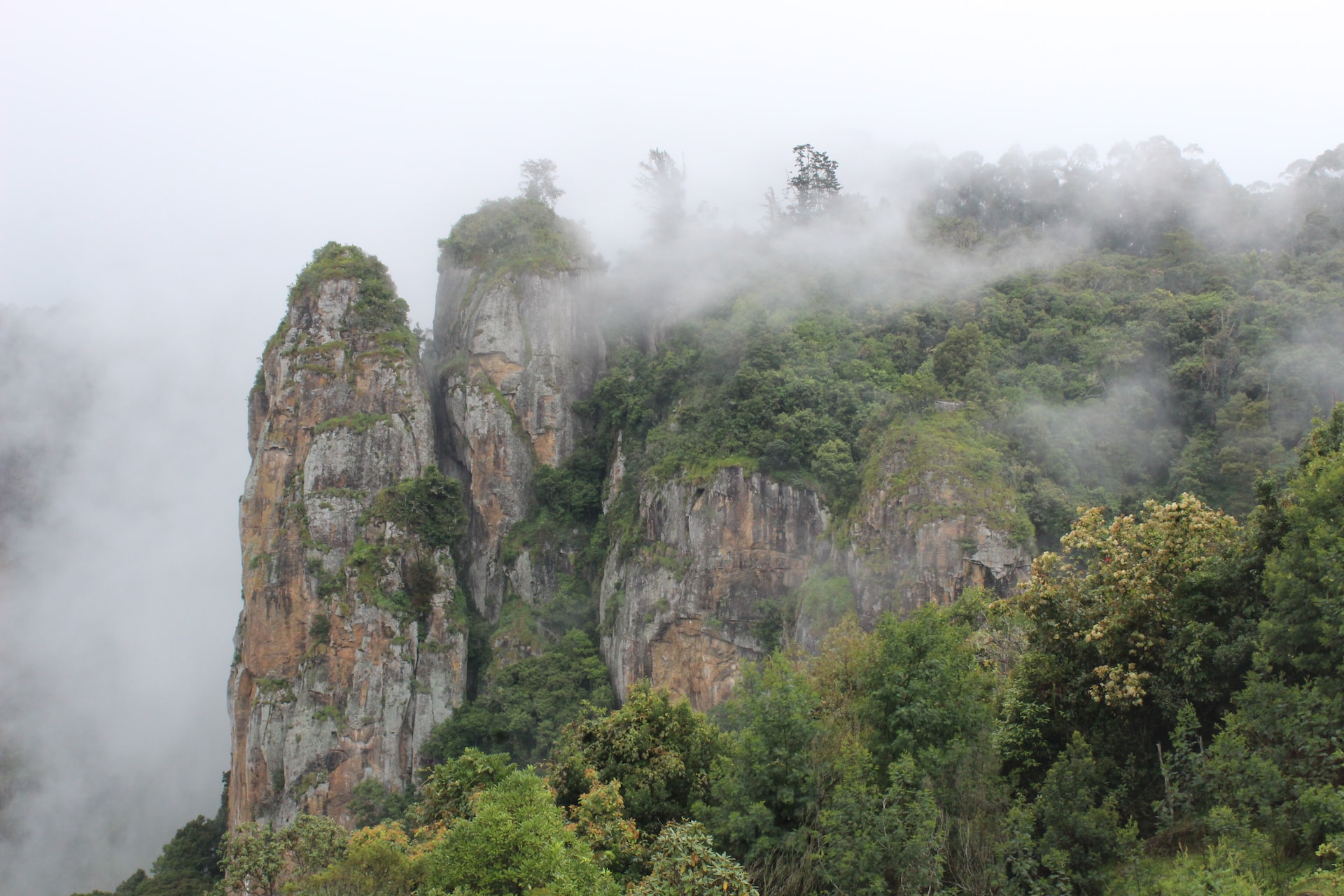India’s Cultural and Historical Landmarks: A Guide to the Country’s Most Important Monuments and Sites

India is a country with a rich cultural and historical heritage, and its landmarks and sites are a testament to this. From ancient temples and palaces to modern memorials and museums, there is no shortage of cultural and historical landmarks to explore in India.
Taj Mahal, Agra
The Taj Mahal is a stunning white marble mausoleum located in the city of Agra, in the northern state of Uttar Pradesh. It was built by the Mughal Emperor Shah Jahan in memory of his beloved wife, Mumtaz Mahal, who died during childbirth in 1631. The Taj Mahal is an architectural masterpiece and is considered one of the most beautiful buildings in the world. It is a symbol of love and devotion and is a UNESCO World Heritage Site.
Red Fort, Delhi
The Red Fort is a majestic red sandstone fort located in the heart of Delhi. It was built by the Mughal Emperor Shah Jahan in the mid-17th century and served as the residence of the Mughal emperors. The Red Fort is an important symbol of India’s Mughal heritage and is a UNESCO World Heritage Site. It is also the site of India’s Independence Day celebrations on August 15th, when the Indian Prime Minister hoists the national flag and delivers a speech to the nation.
Agra Fort, Agra
The Agra Fort is a stunning red sandstone fort located in the city of Agra, in the northern state of Uttar Pradesh. It was built by the Mughal Emperor Akbar in the 16th century and served as the residence of the Mughal emperors. The Agra Fort is an important symbol of India’s Mughal heritage and is a UNESCO World Heritage Site. It is also home to a number of beautiful palaces, gardens, and temples, including the Jahangir Palace and the Moti Masjid.
Qutub Minar, Delhi
The Qutub Minar is a towering minaret located in the city of Delhi. It was built by the Sultanate of Delhi in the 13th century and is the tallest minaret in India. The Qutub Minar is an important symbol of India’s Islamic heritage and is a UNESCO World Heritage Site. It is also home to a number of other historical landmarks, including the Alai Darwaza and the Alai Minar.
Ellora Caves, Maharashtra
The Ellora Caves are a series of rock-cut caves located in the state of Maharashtra, in western India. They were carved out of the rock face between the 6th and 10th centuries and are home to a number of beautiful temples and monasteries.
The Ellora Caves are an important symbol of India’s Buddhist, Hindu, and Jain heritage and are a UNESCO World Heritage Site. They are also home to a number of stunning works of art and architecture, including the Kailasa Temple and the Cave of the Traces.
India is a country with a rich cultural and historical heritage, and its landmarks and sites are a testament to this. From ancient temples and palaces to modern memorials and museums, there is no shortage of cultural and historical landmarks to explore in India.





